Well done! You have just installed a beautiful new timber floor and it has made a big difference to your home. The new ageless look with the warm, natural colours is really very attractive. But now, there is a new set of worries that begins to creep in. What if it gets scratched? What if it warps? How do you make sure that it looks as good as new for many years?
New timber floor owners are usually full of the same concerns. Following are the common phobias and the solutions that would help you make sure that your investment looks as good as new for many years.
1. Furniture and Foot Traffic Scratches
One of the biggest fears that new timber floor owners have is scratches. Some furniture, dining chairs, and even pet’s nails can create dents and scratches that will make your floor look used and damaged.
Solution:
Use Felt Pads: High-quality self-adhesive felt pads that are placed on furniture legs to prevent scratches are great. Not all felt pads are equal, so buying a high-quality brand like Flexi-Felt ensures that they do not shift and offer a good protection.
Castor Cups with Felt: For heavier furniture with castor feet such as pianos or sofas, castor cups that are filled with felt to prevent deep marks and scratches on the floor should be used.
Rugs and Runners: Preparing areas that get a lot of traffic with rugs helps to reduce the wear and tear and also provides warmth.
2. Water Damage and Spills
Since timber is a natural material that can expand or contract due to moisture, spilled water or high levels of humidity may lead to the formation of bubbles, warping or discolouration.
Solution:
Wipe Spills Immediately: Do not let water accumulate on the surface of the floor, wipe up the spills immediately.
Use Proper Cleaning Products: Only use pH neutral timber floor cleaners, do not use water or steam cleaners which can push moisture into the timber.
Control Humidity: To maintain proper indoor humidity between 40-60%, use a dehumidifier or air conditioning when living in a humid climate.
3. Fading and Sun Damage
Over time, the timber floors can fade or darken due to the exposure to sunlight especially if they are exposed to direct UV rays.
Solution:
Use Window Coverings: Curtains made of sheer material, blinds, or UV filtering window films can also be used to block the sunlight.
Rearrange Furniture Periodically: This means that rugs and furniture should be arranged in such a way that it does not stay in the same position for a long time to avoid unequal distribution of light.
Choose UV Protective Finishes: There are some timber floor finishes that have been treated with UV inhibitors to prevent or slow down the process of fading.
4. Dents and Pressure Marks
Your floor may develop dents or pressure marks if you move around with heavy furniture or if you wear high heels.
Solution:
Distribute Weight Evenly: Protective furniture pads should also be used and do not try to drag heavy objects on the floor.
Felt Under Heavy Furniture: Again, castor cups with felt are a great investment for weight distribution and preventing deep indentations.
Be Mindful of Shoes: It is also advisable to have a no shoes policy in the house or at least prohibit high heels when walking on timber floors.

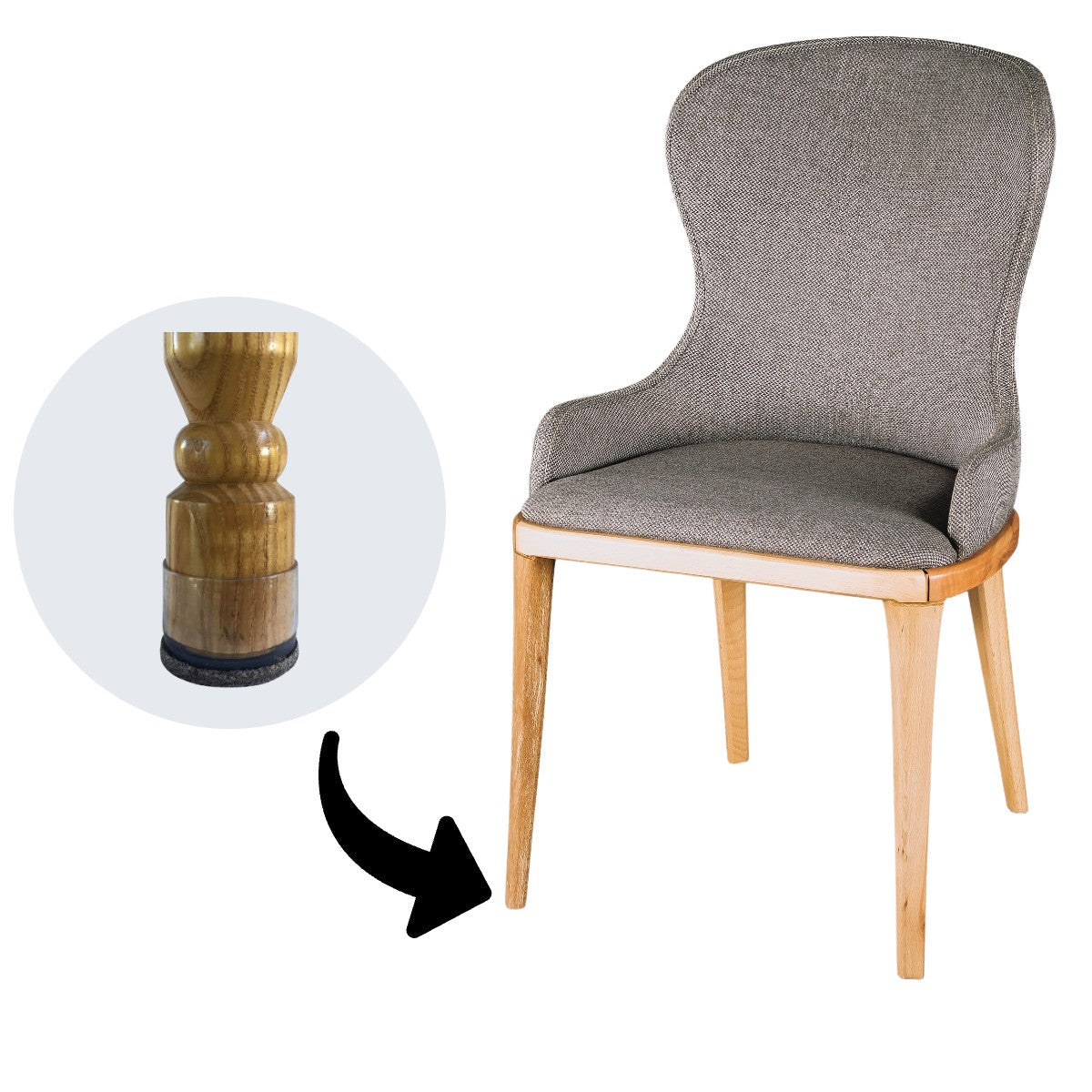

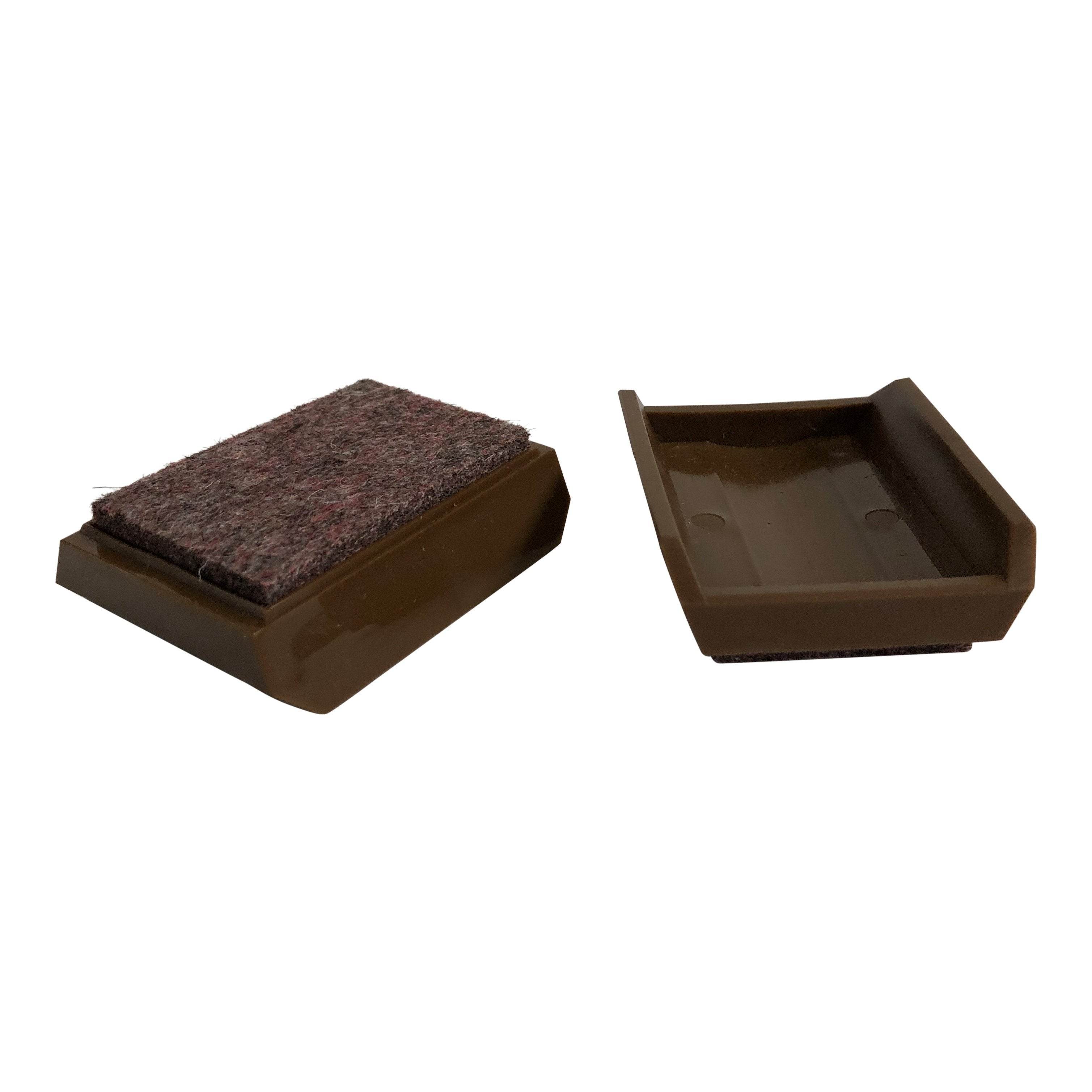
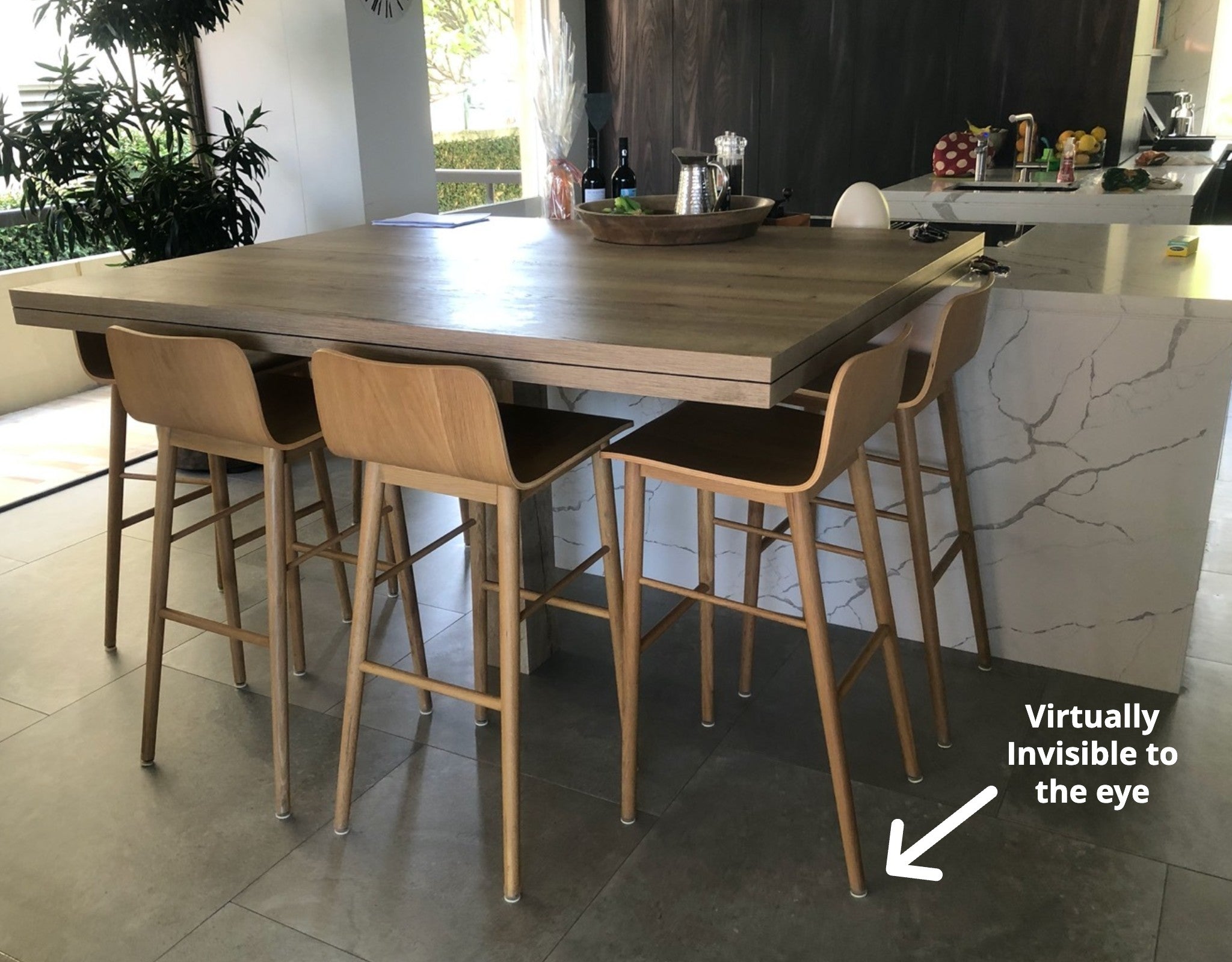
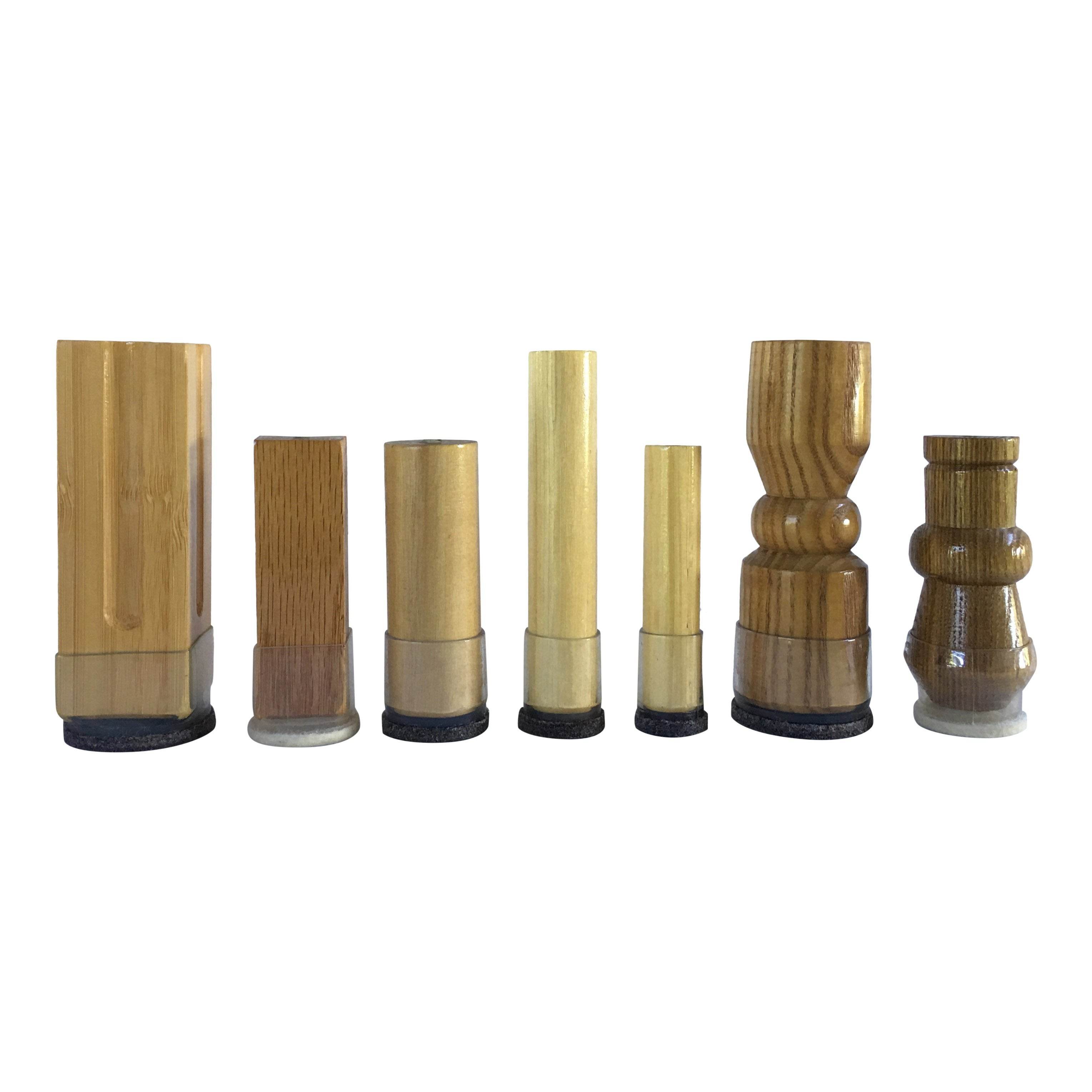
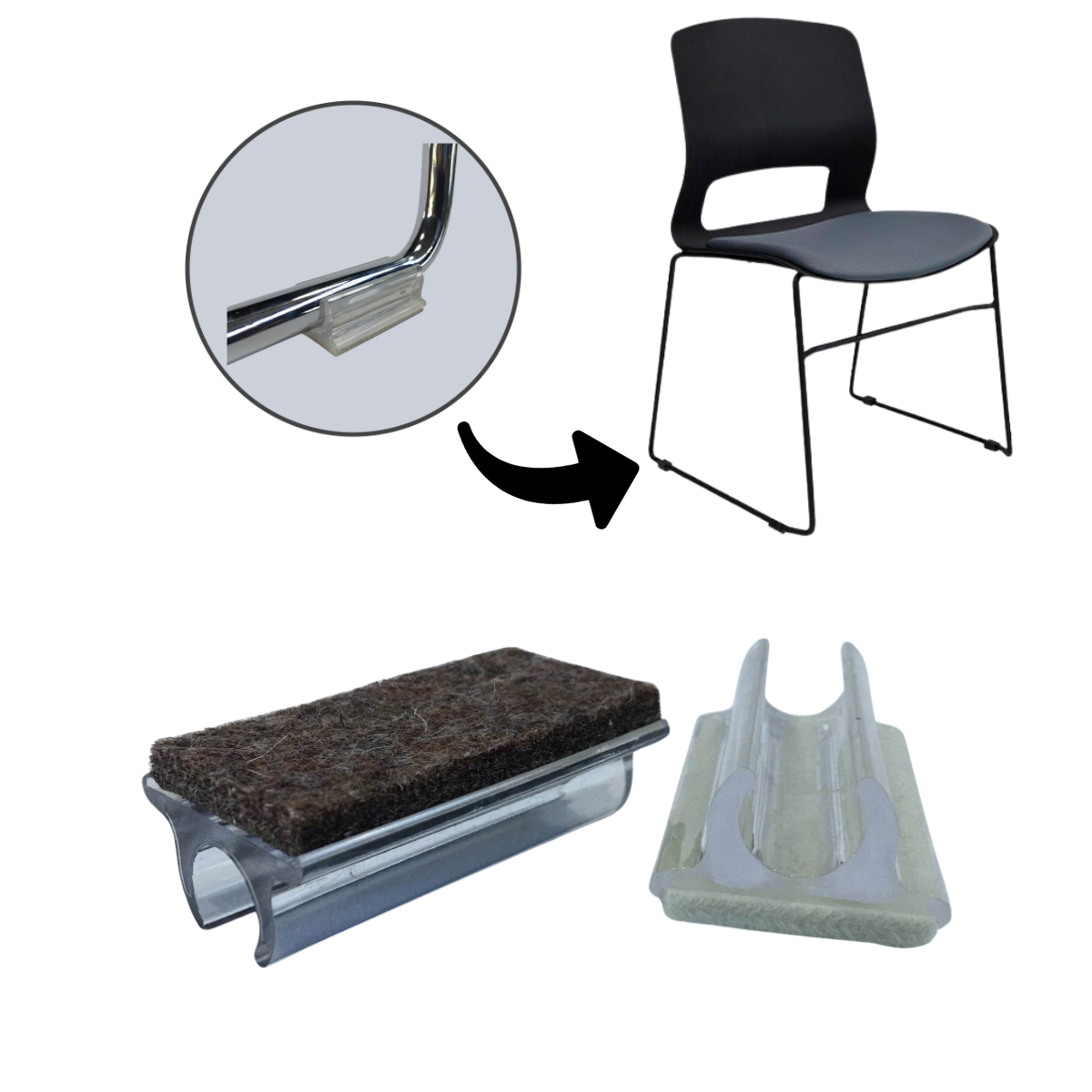
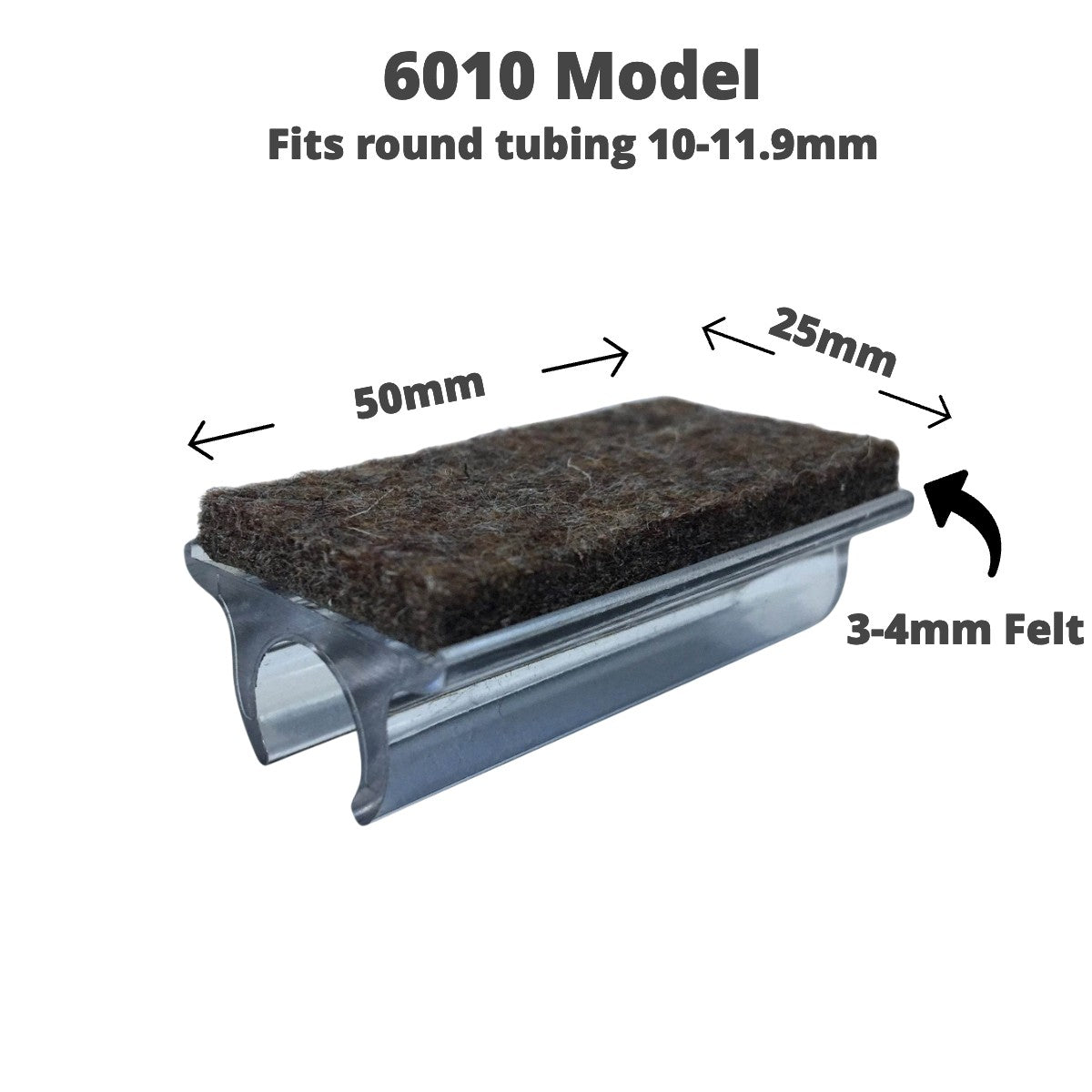
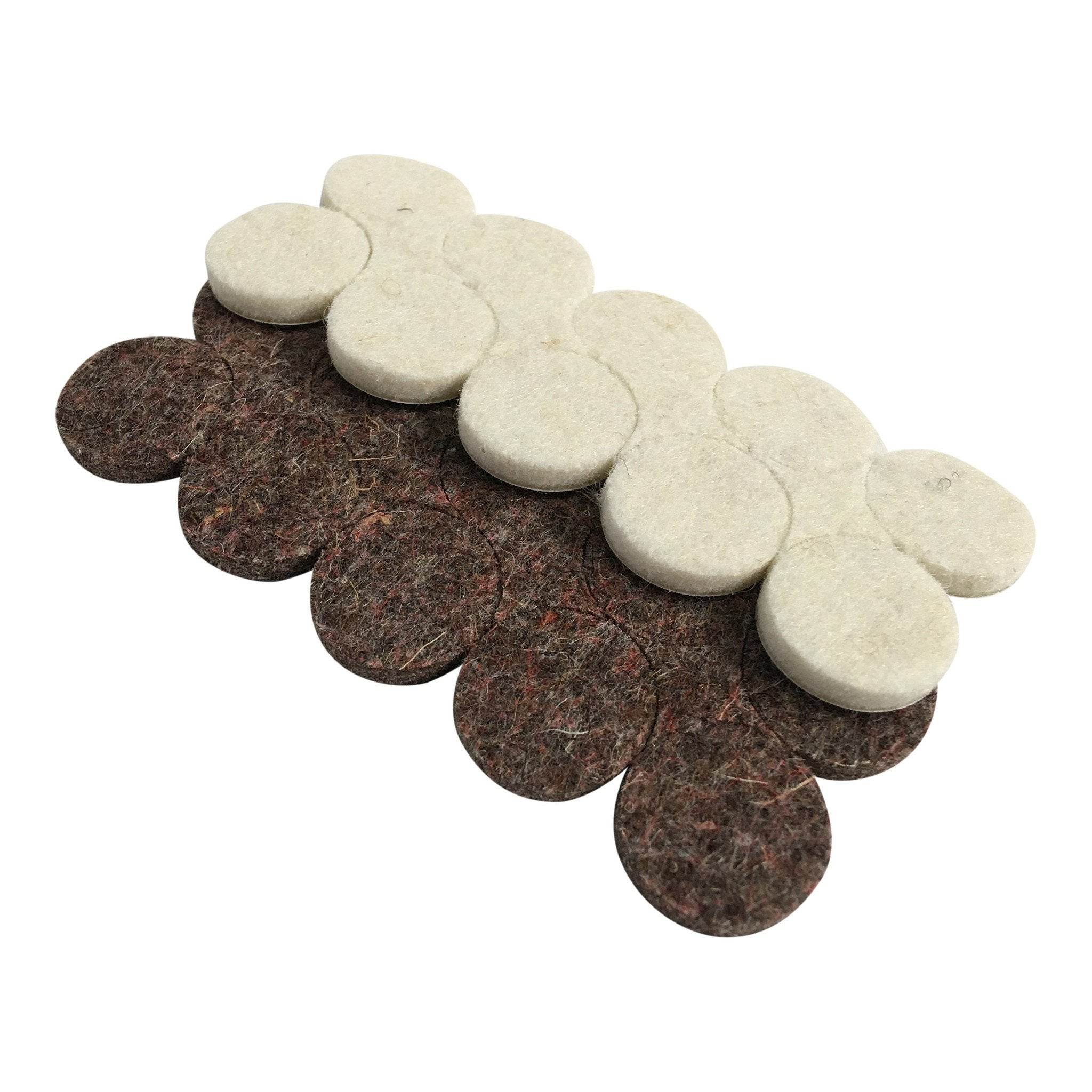
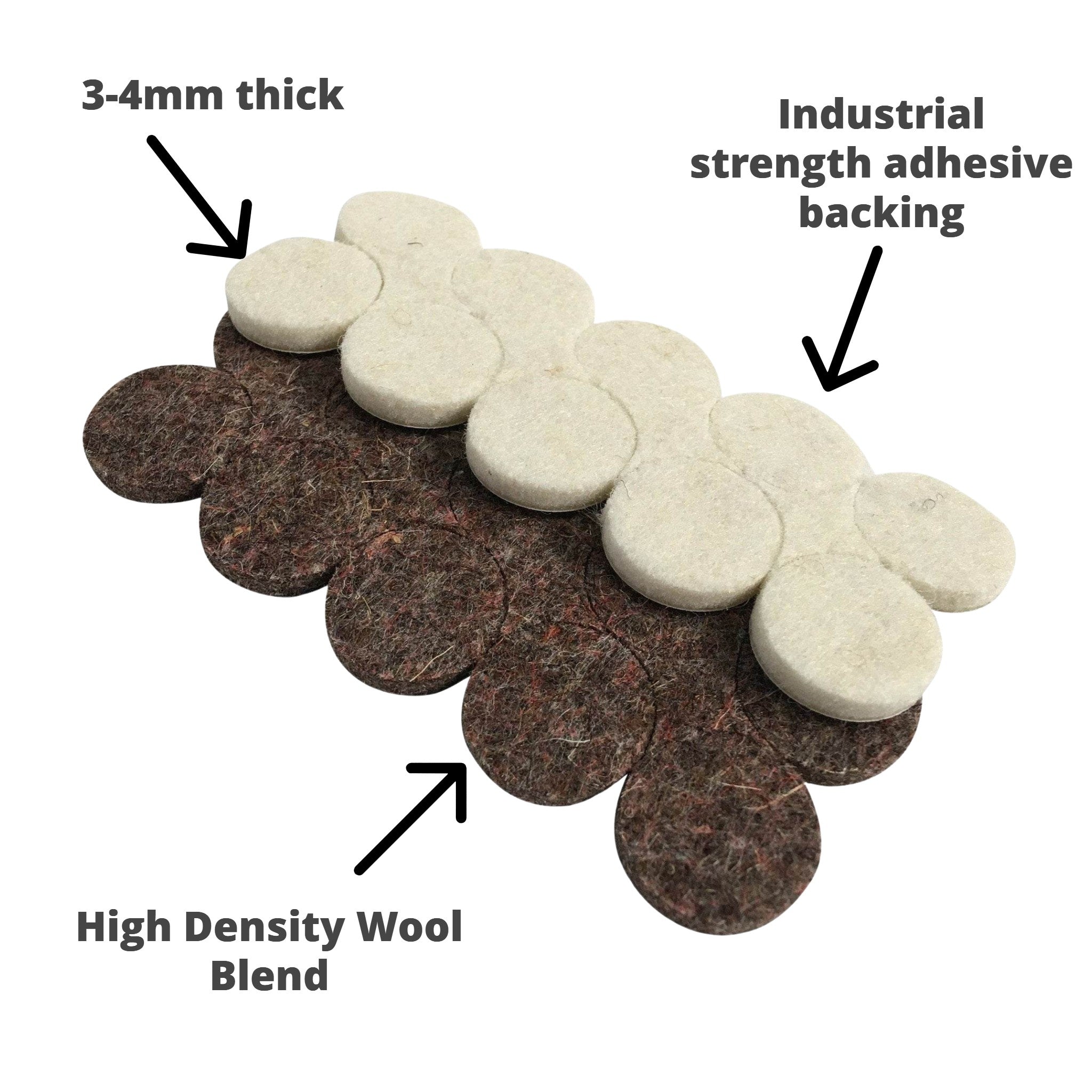
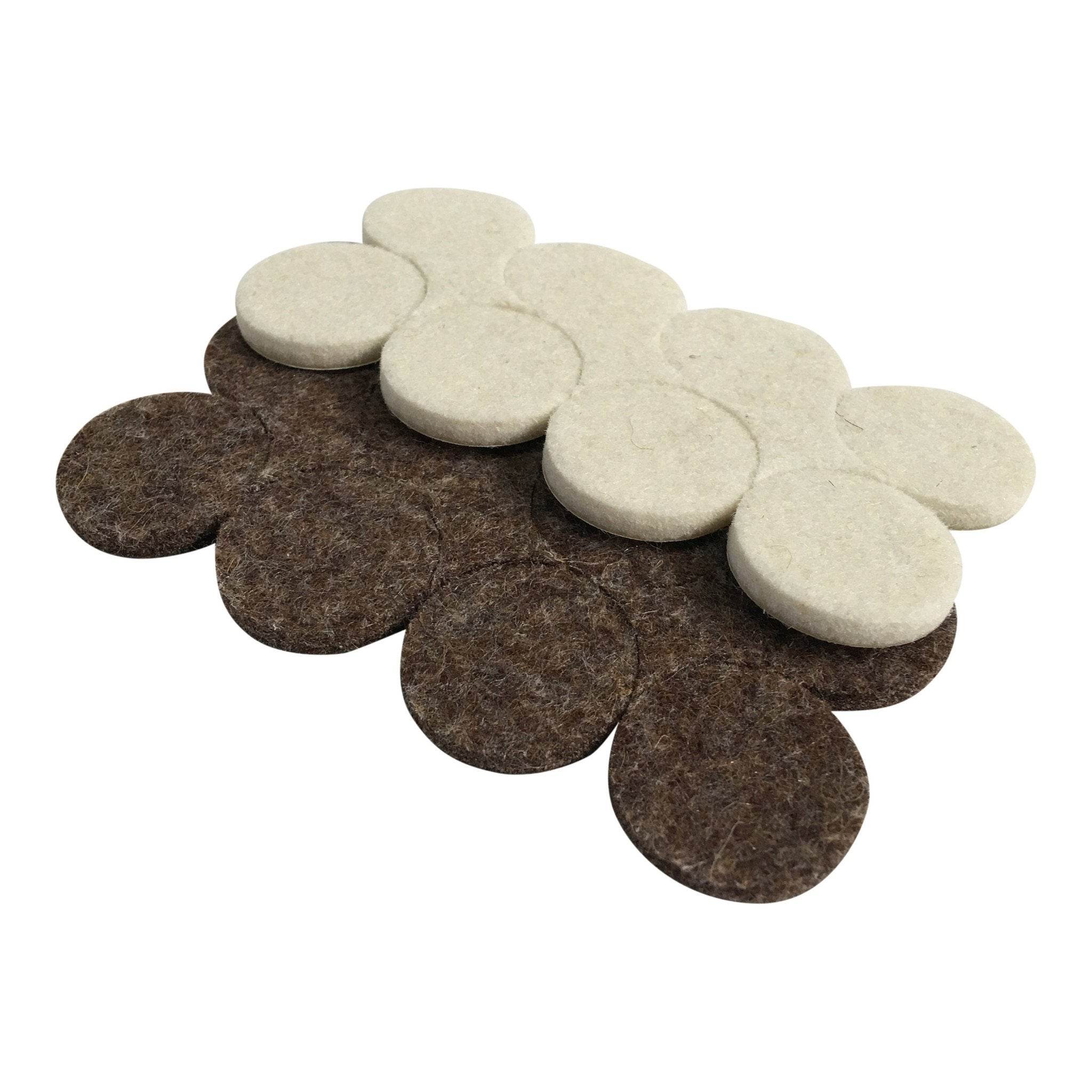
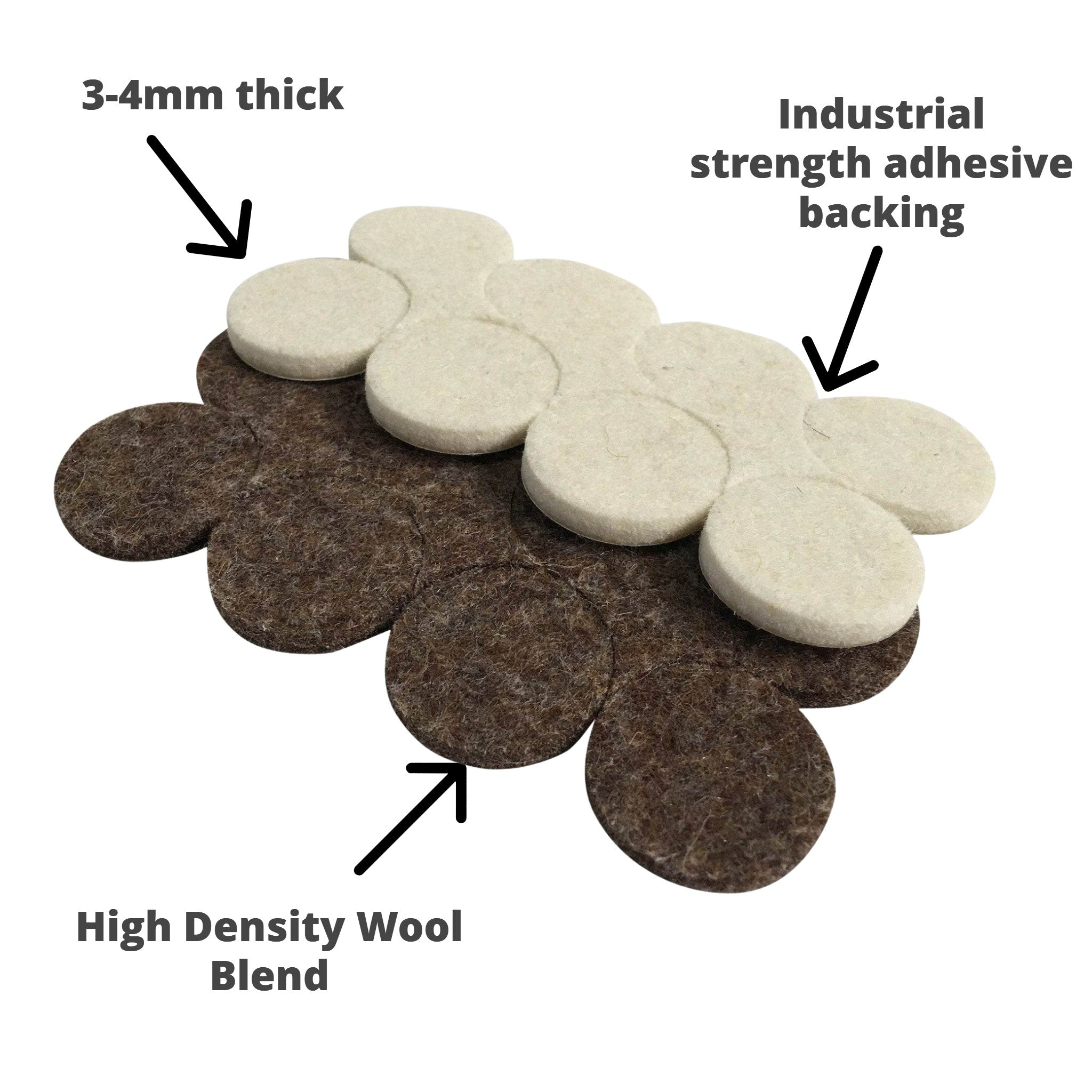
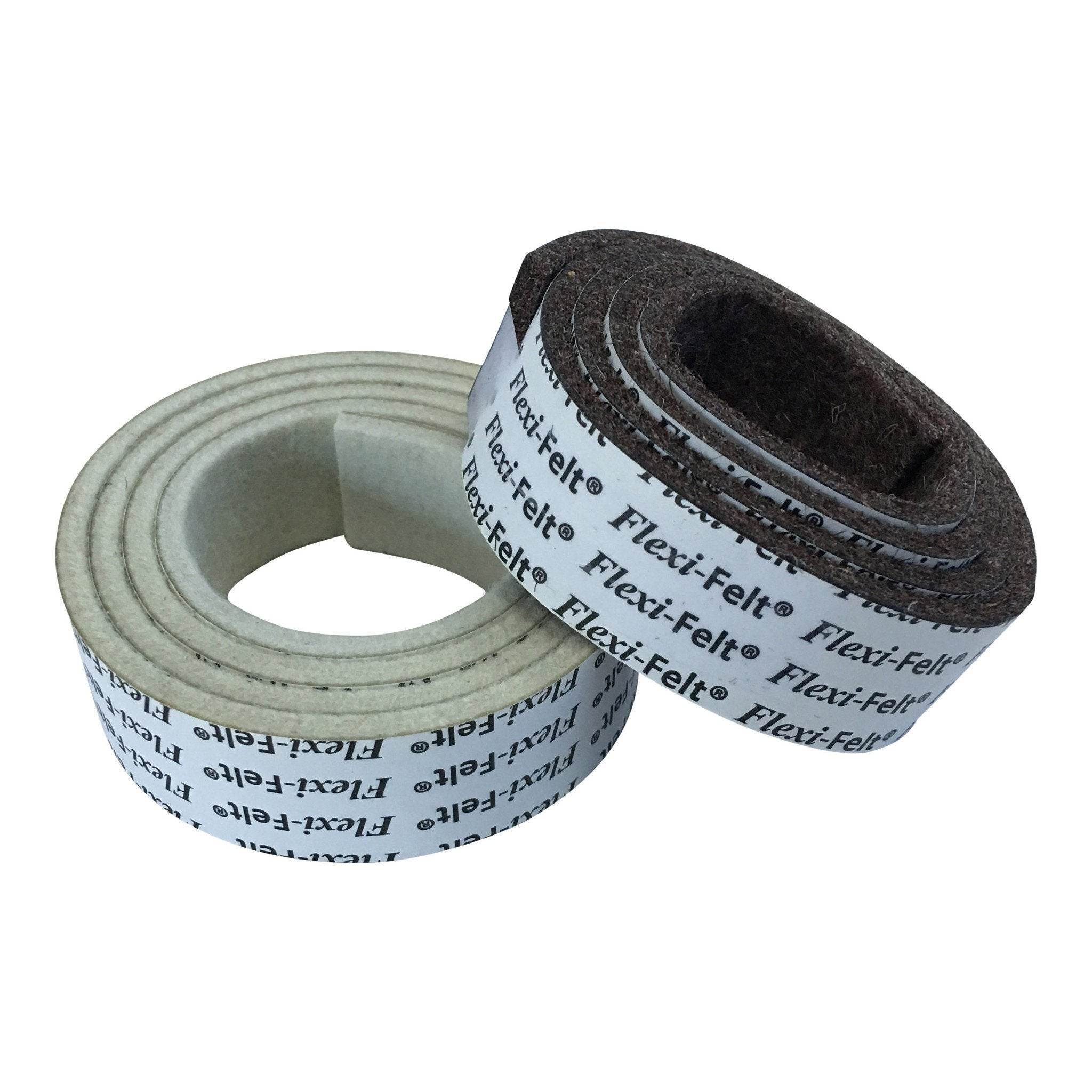
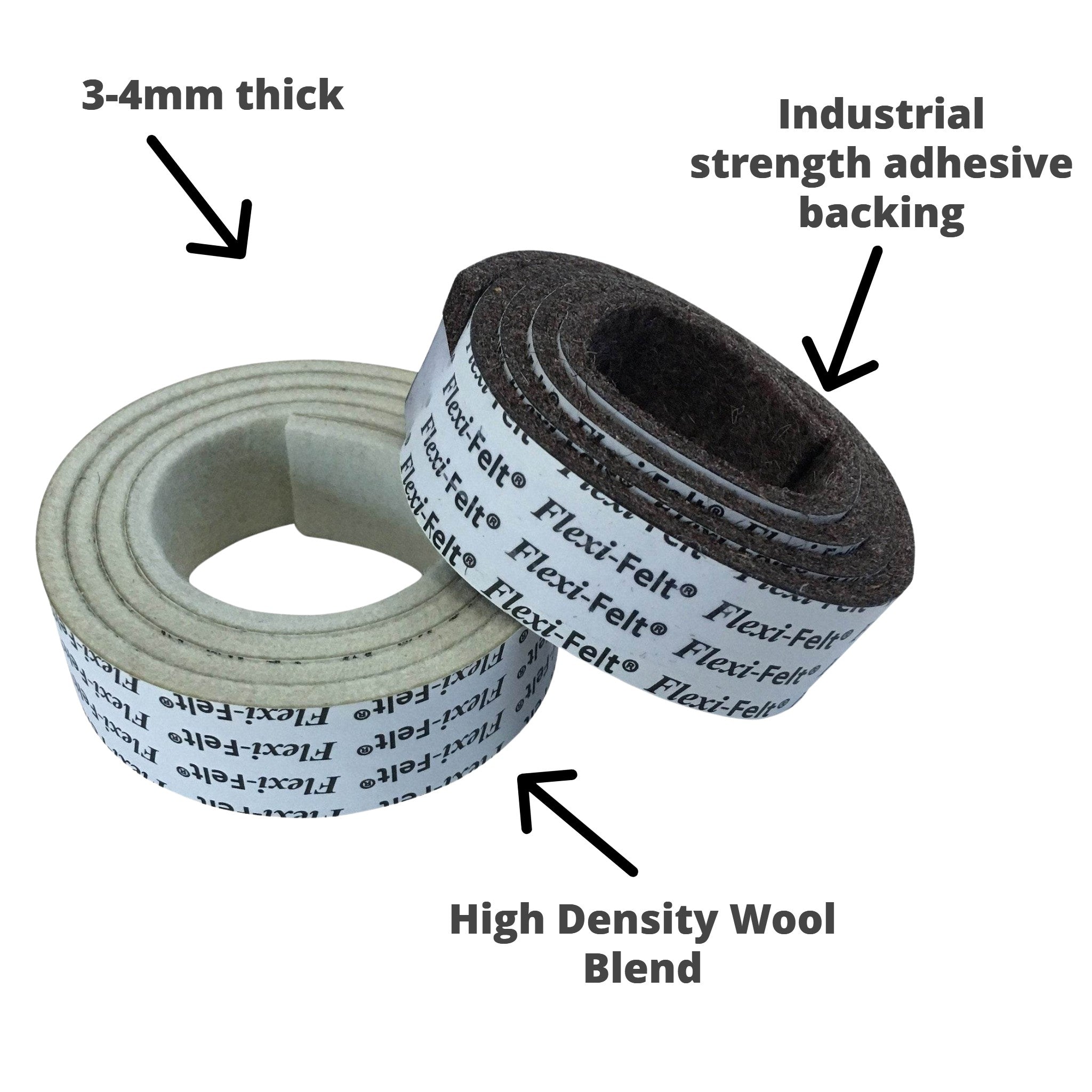
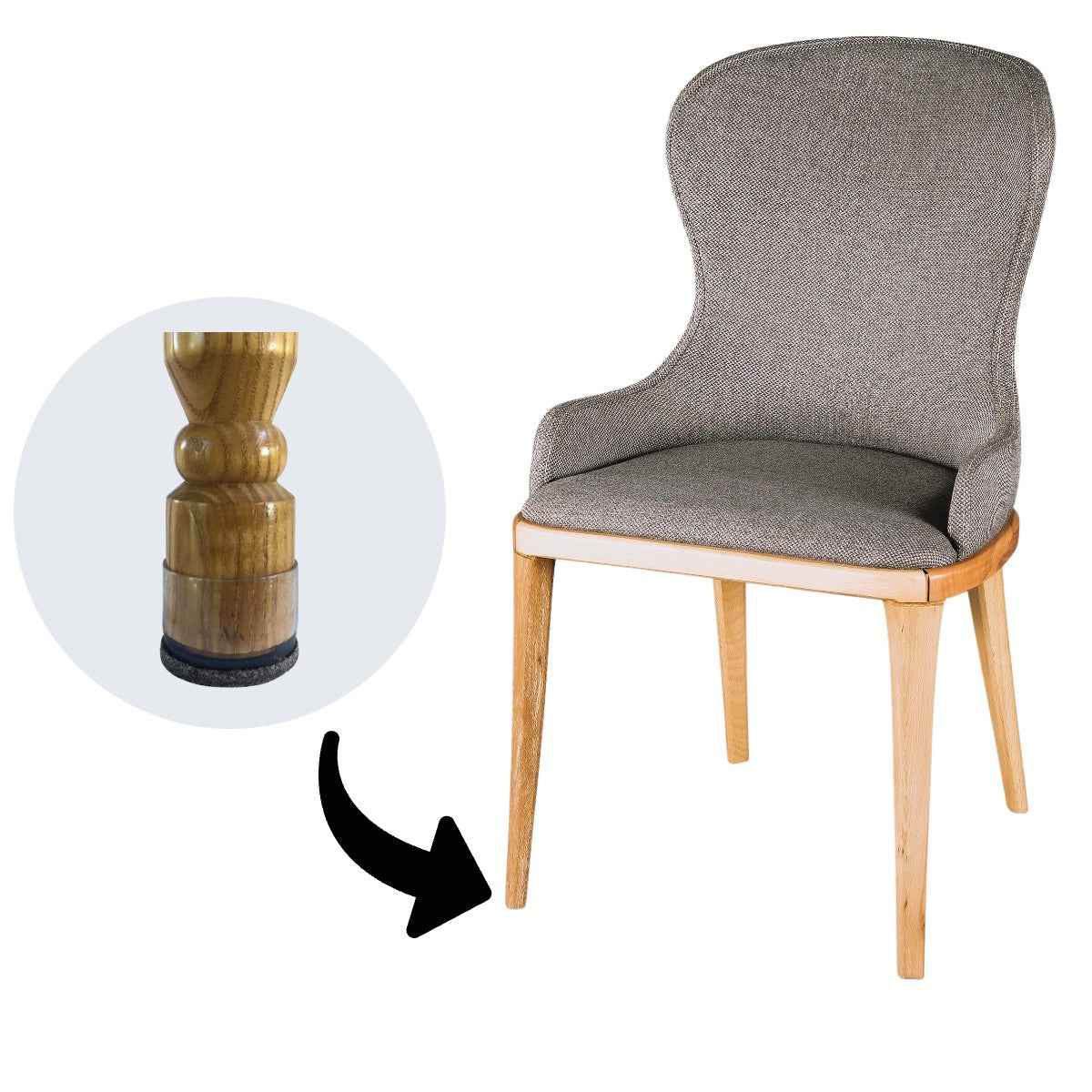
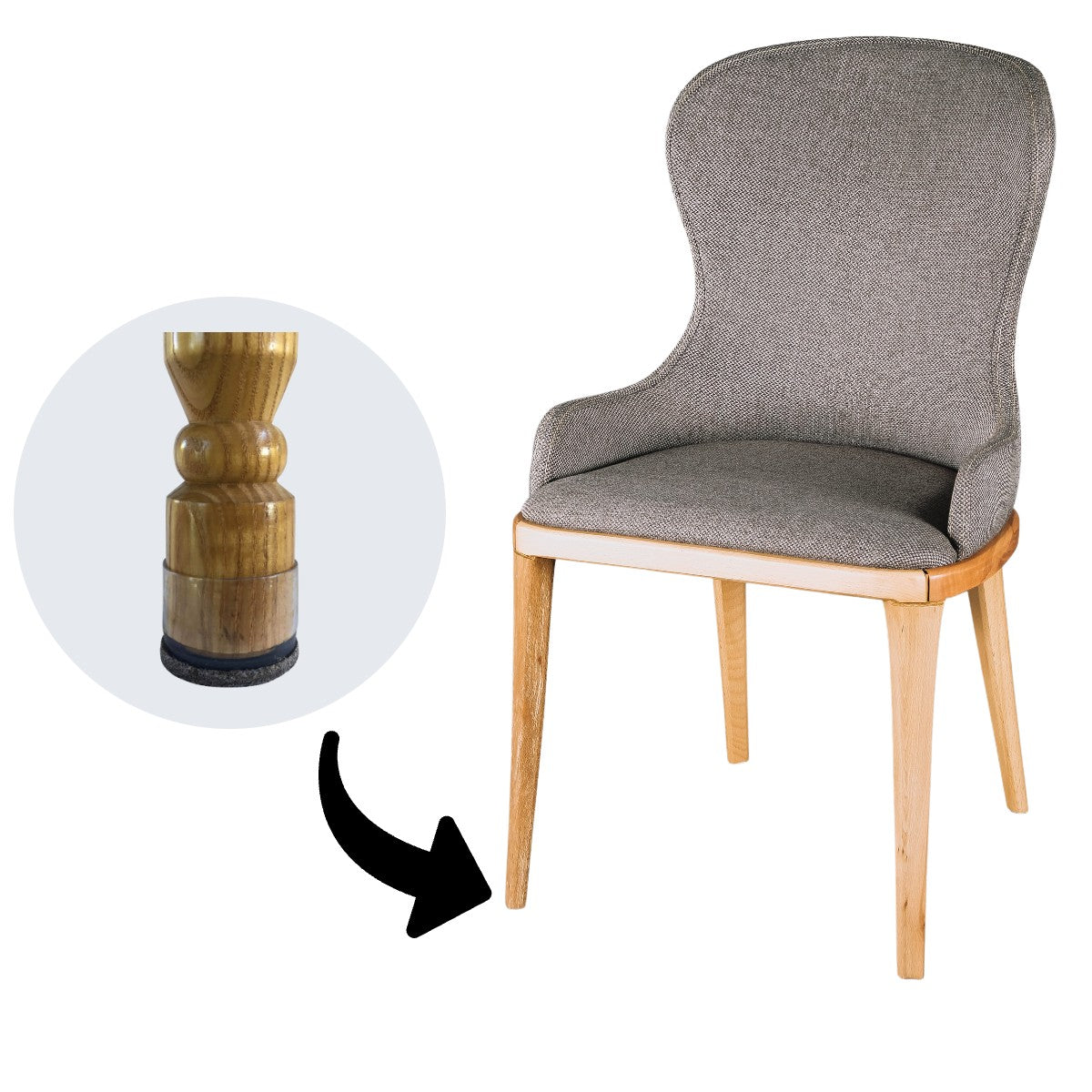
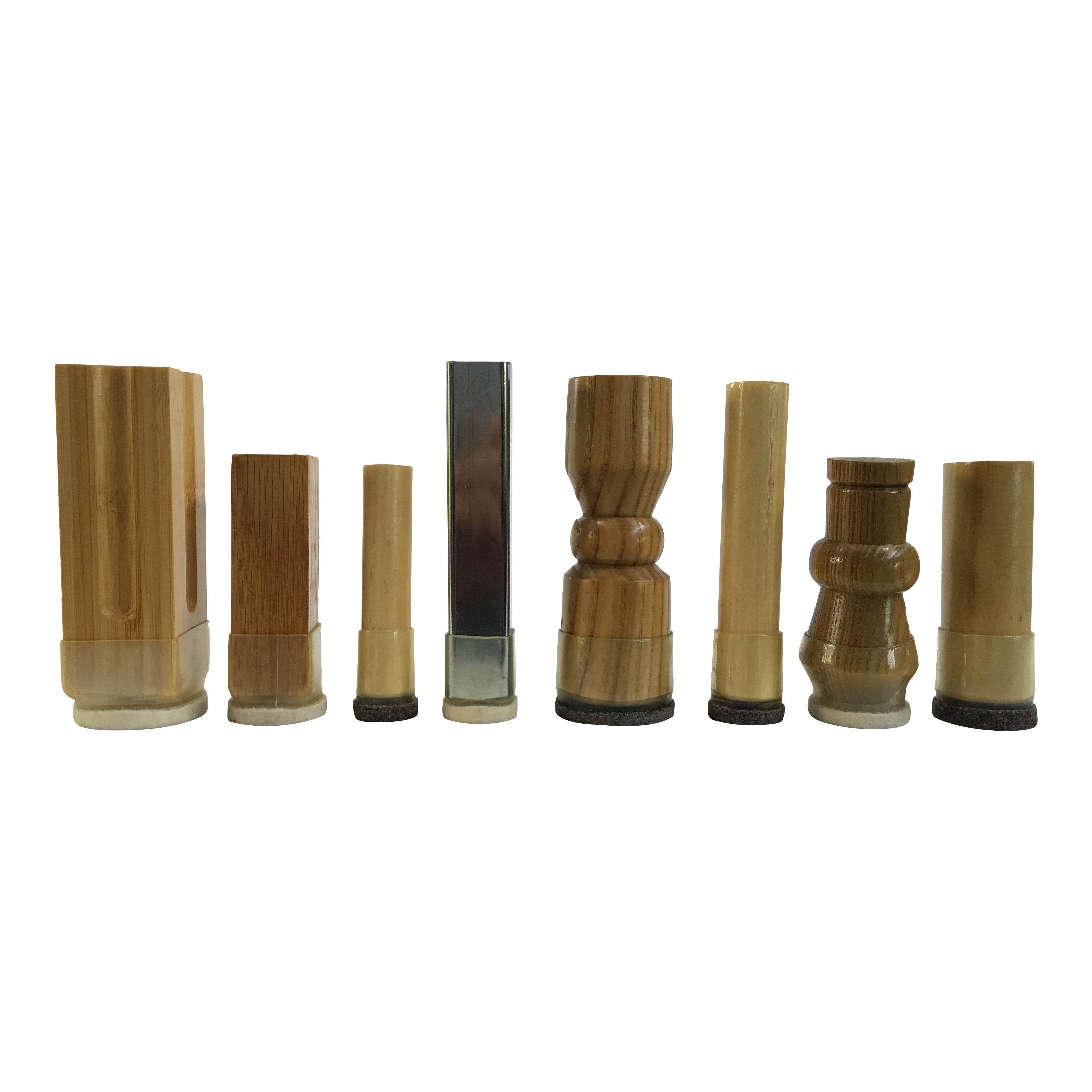
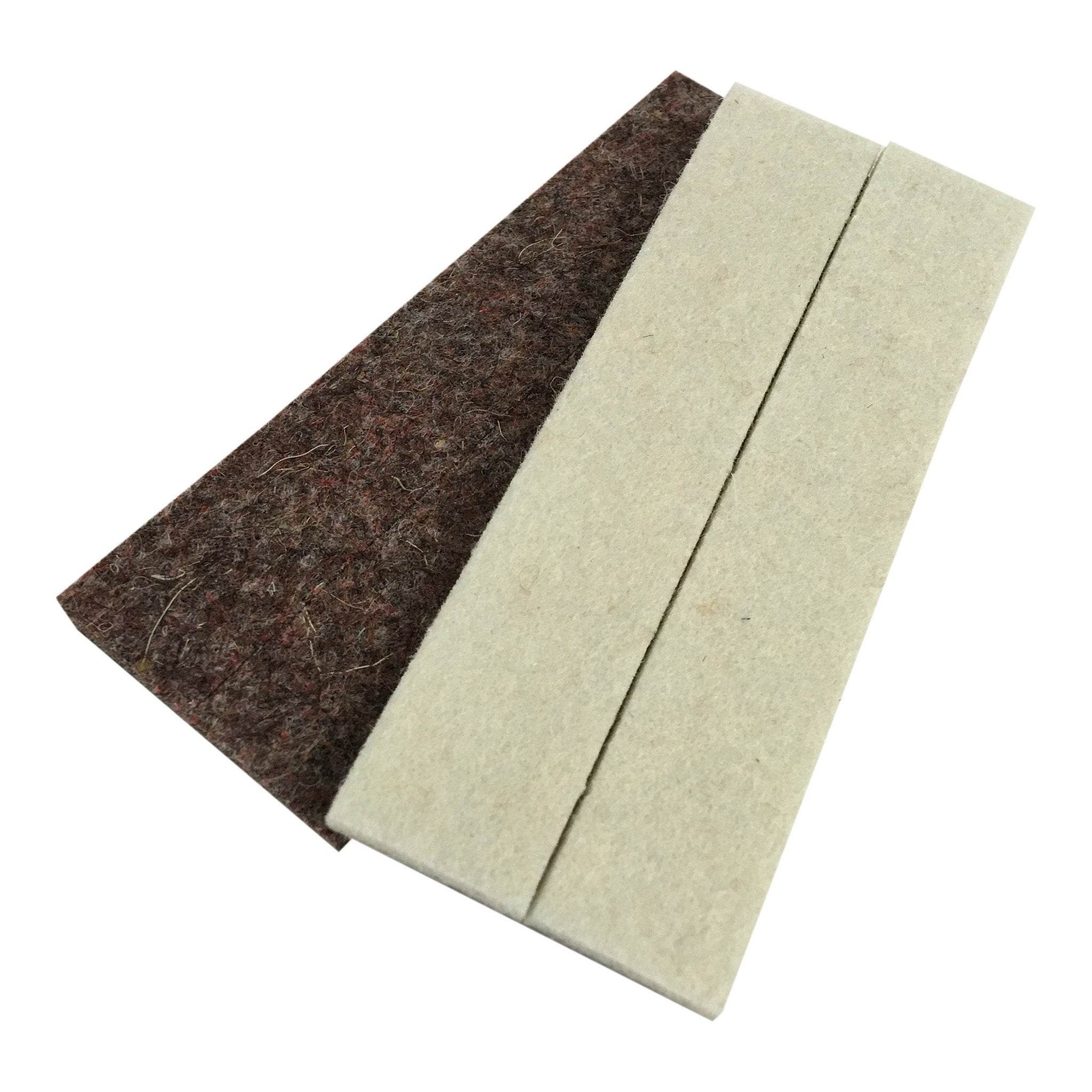
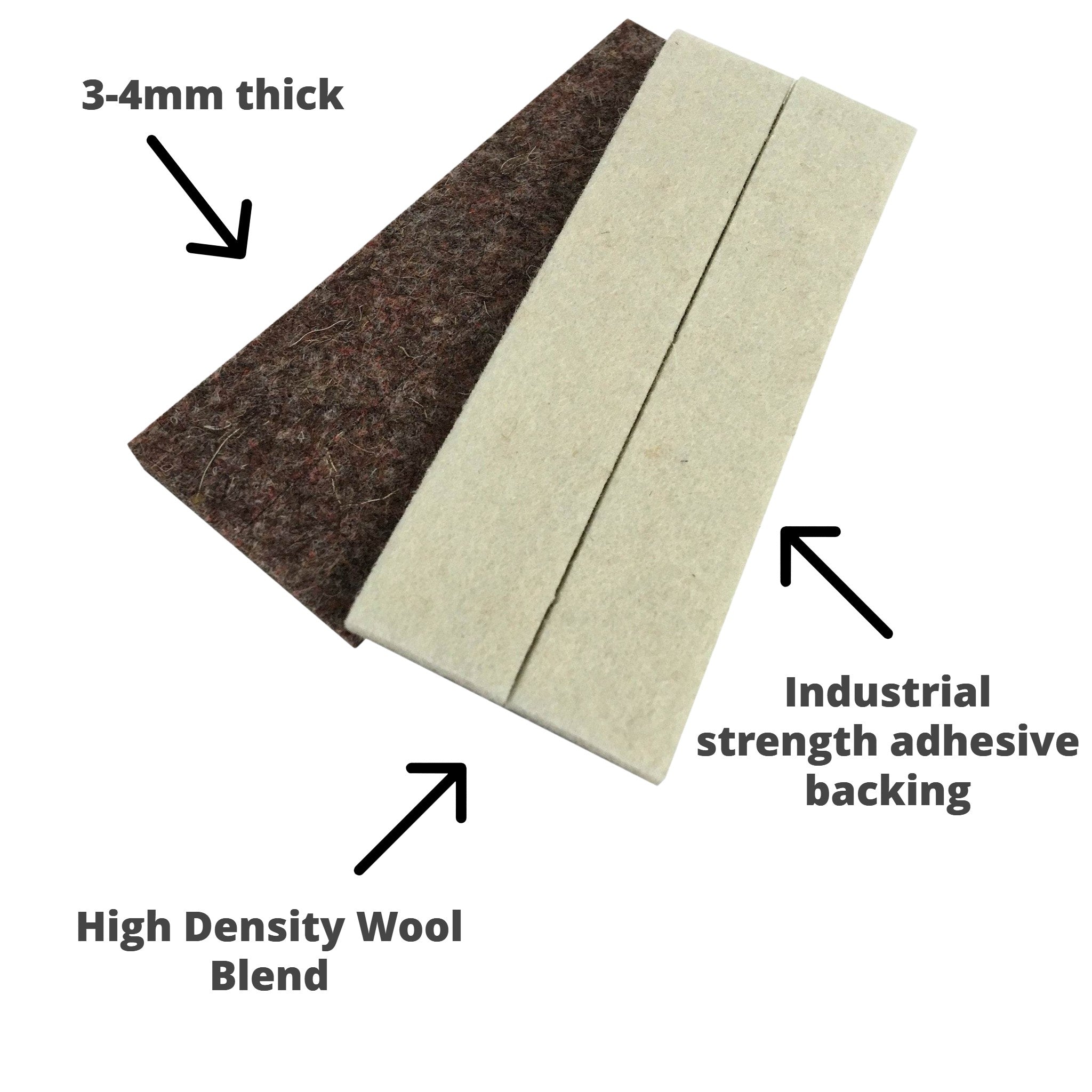
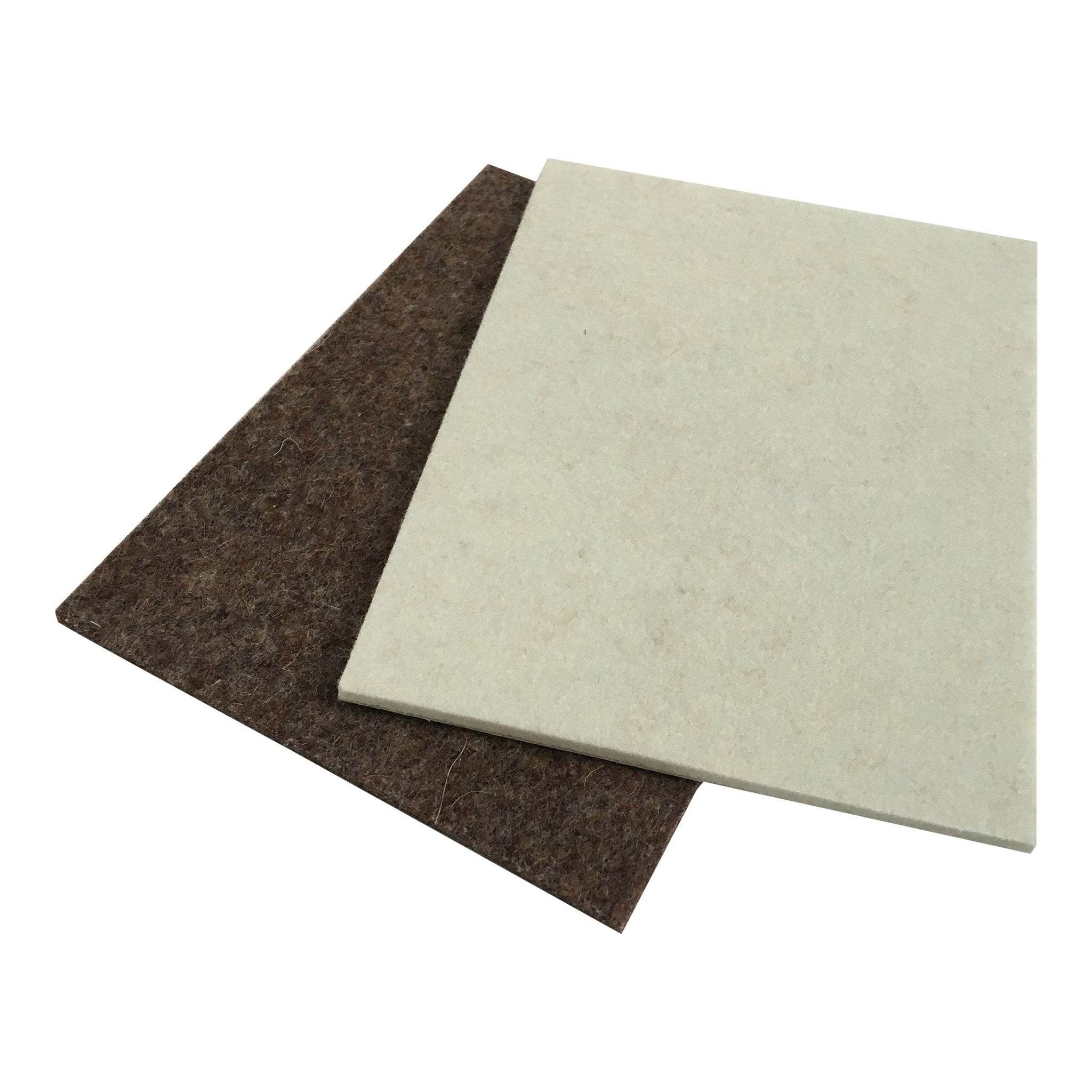
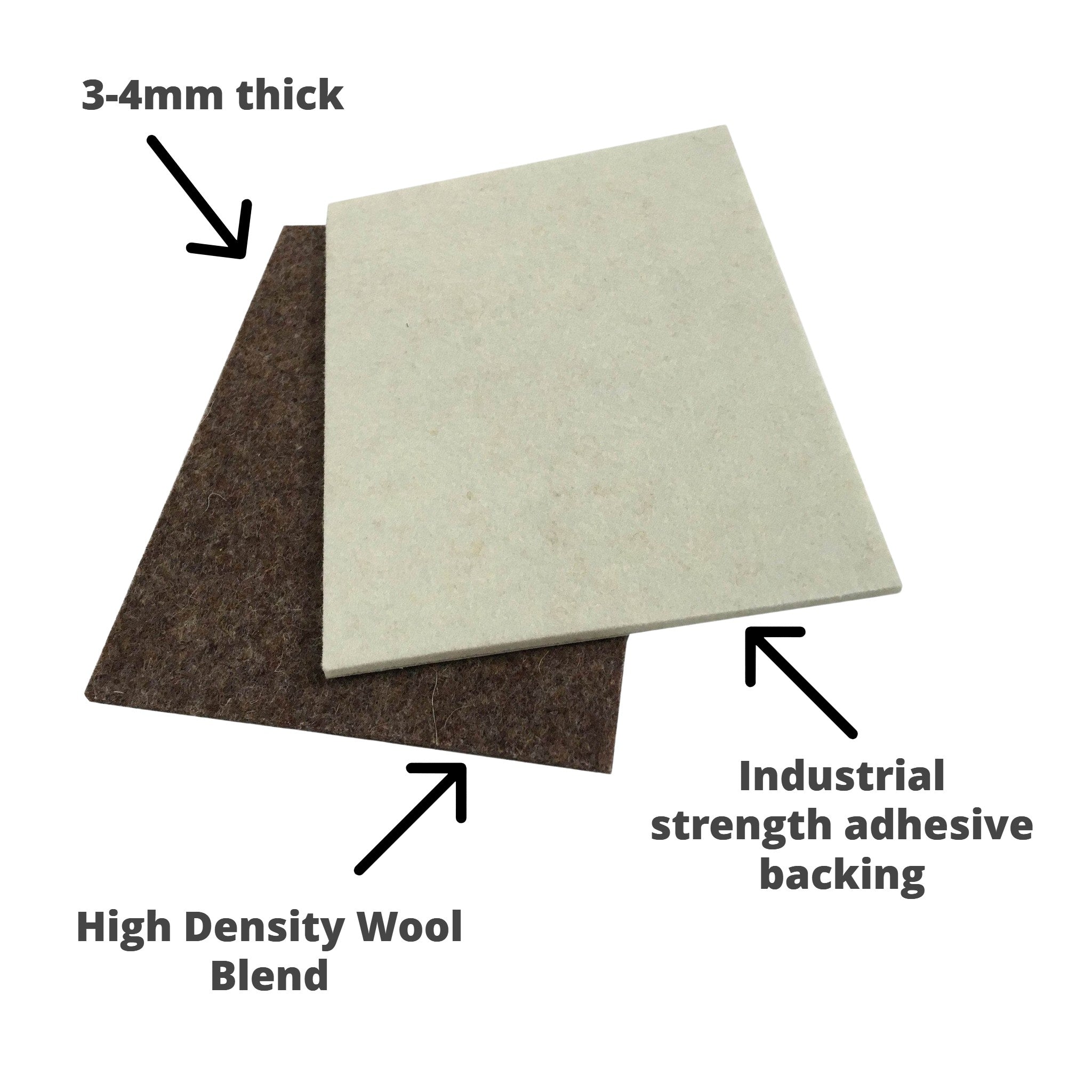
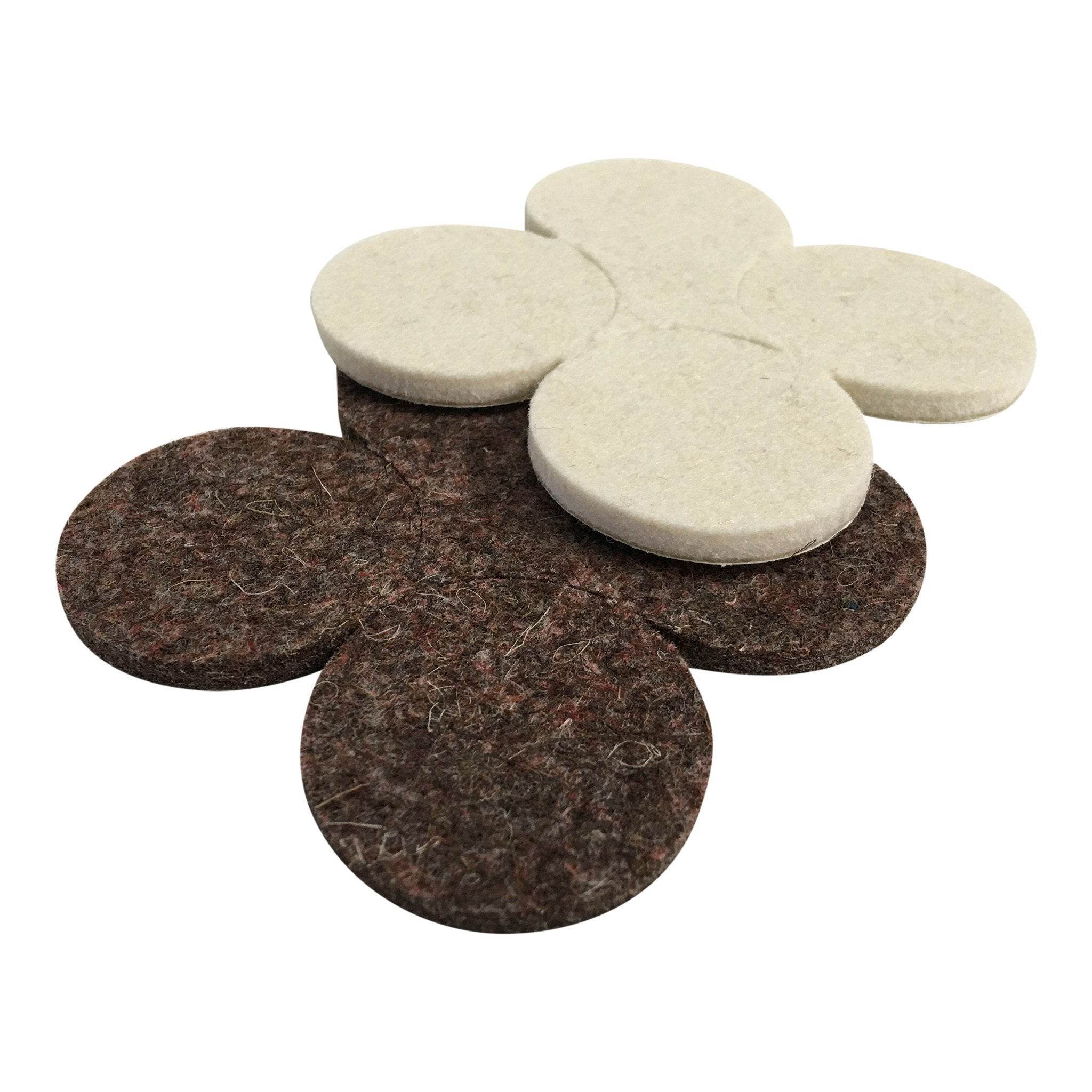
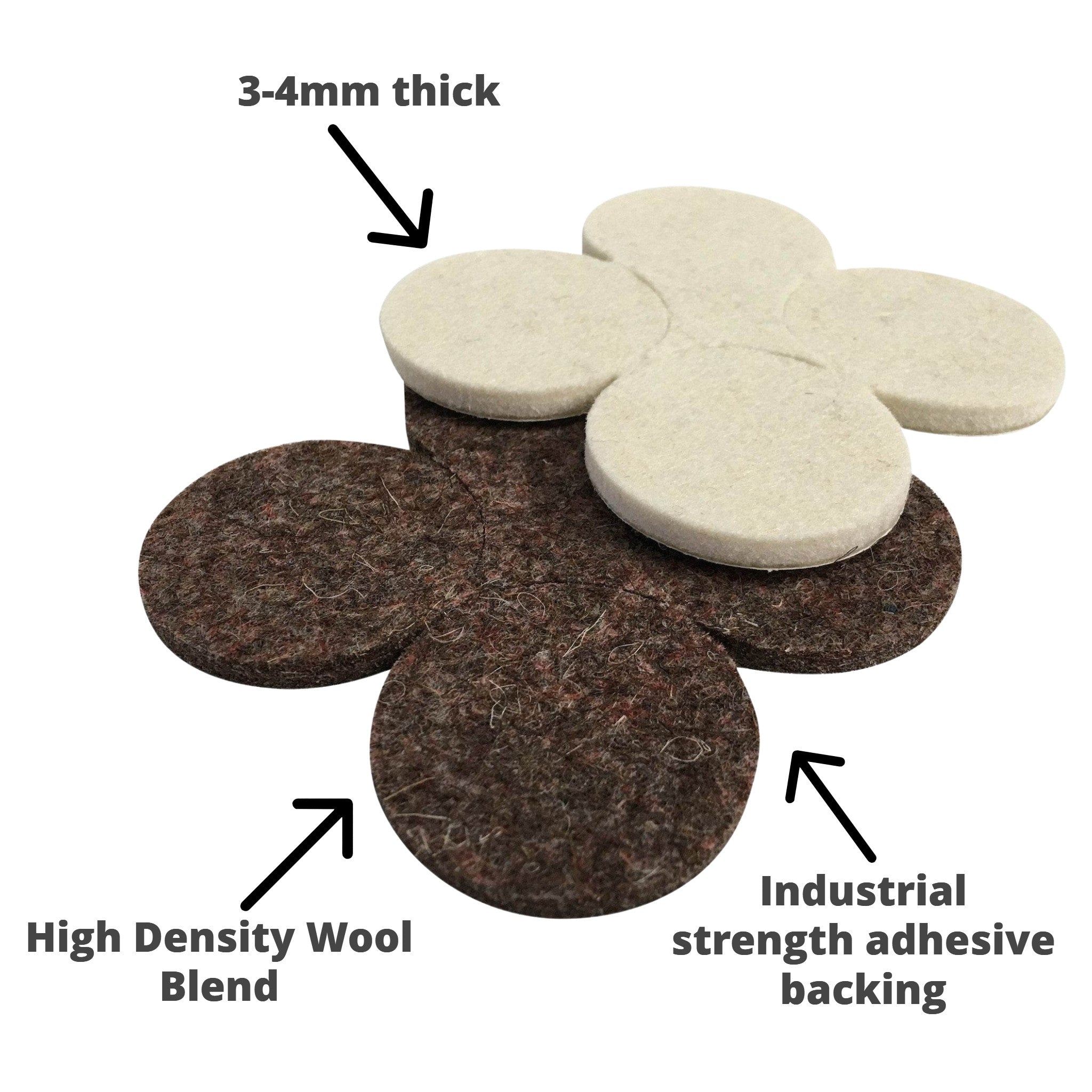
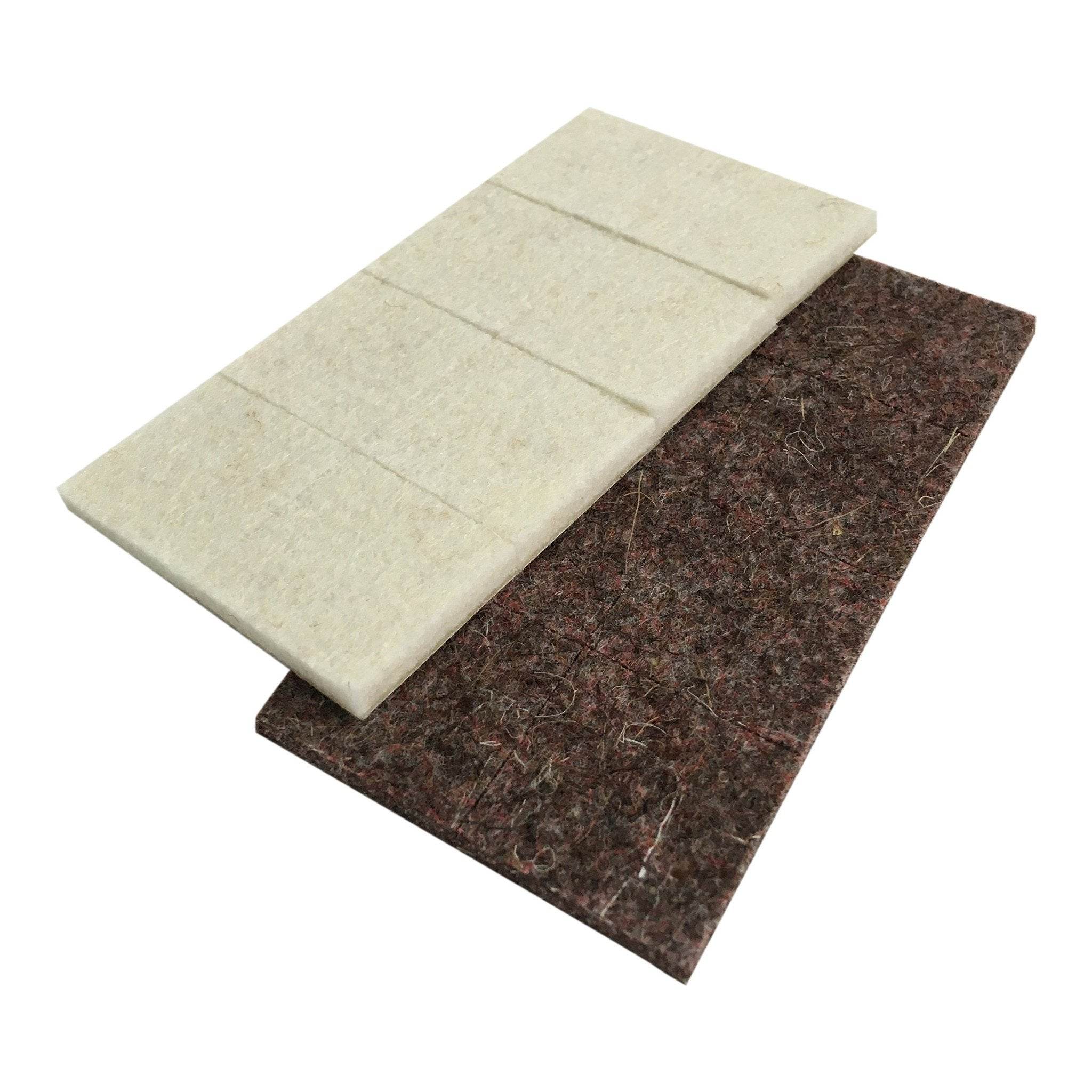
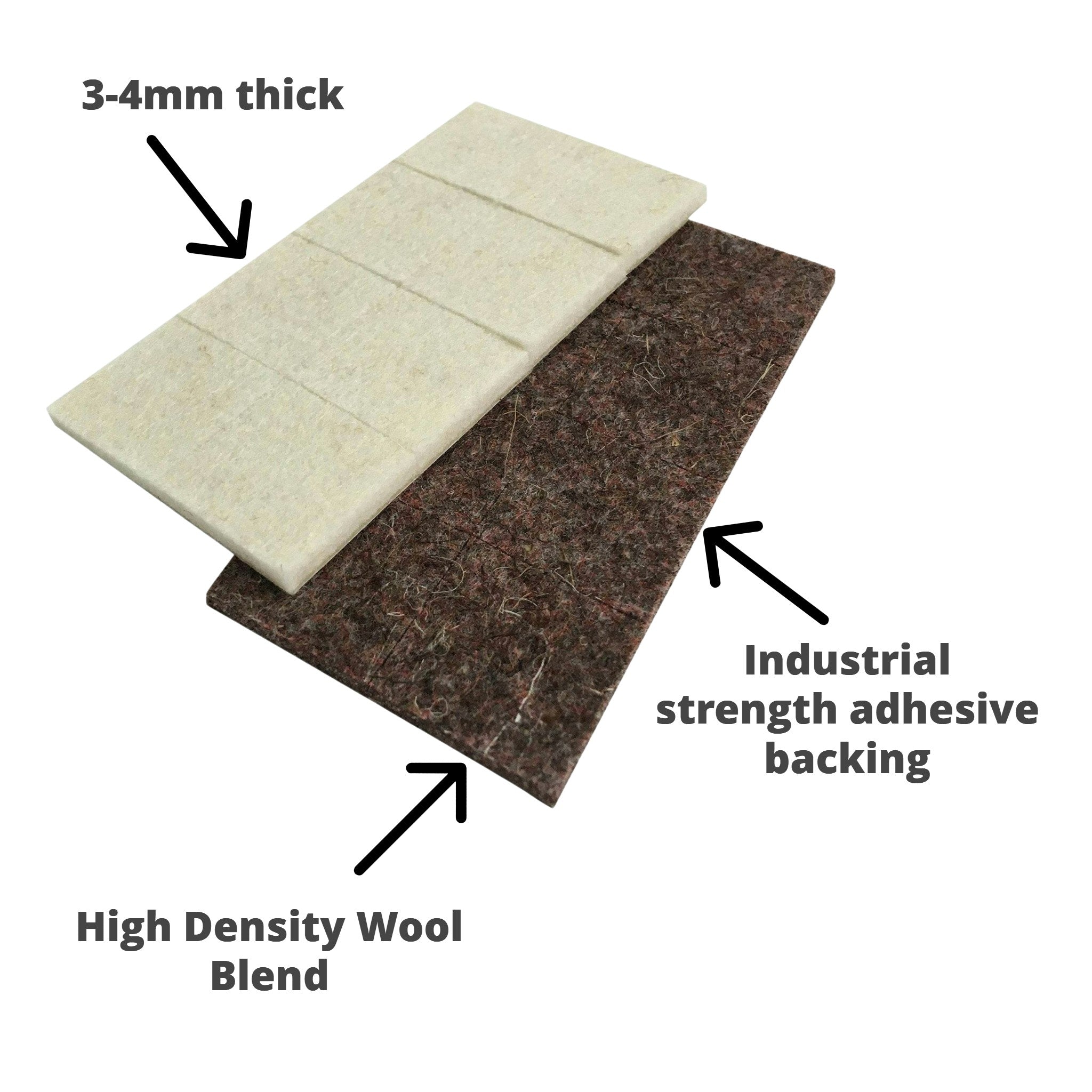
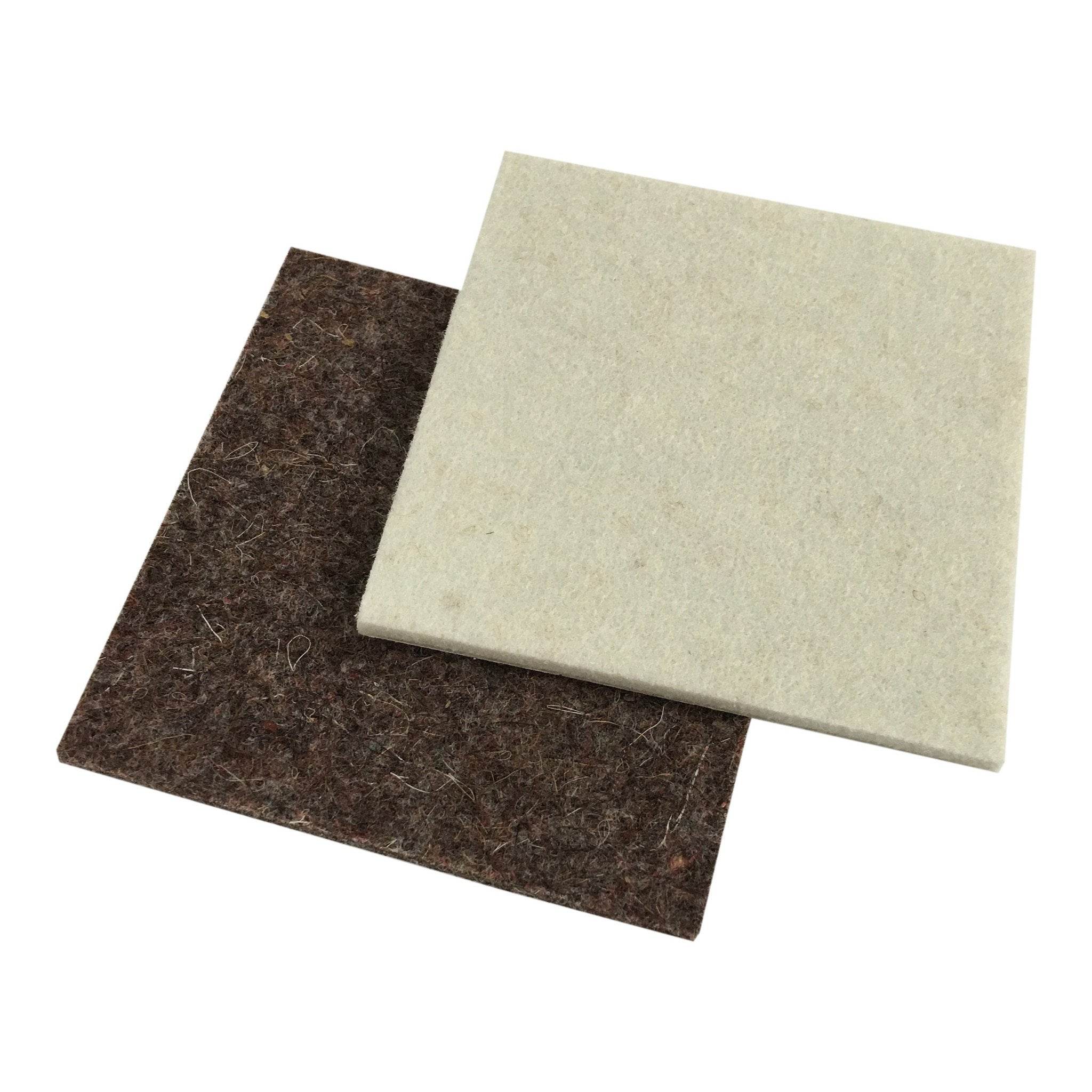
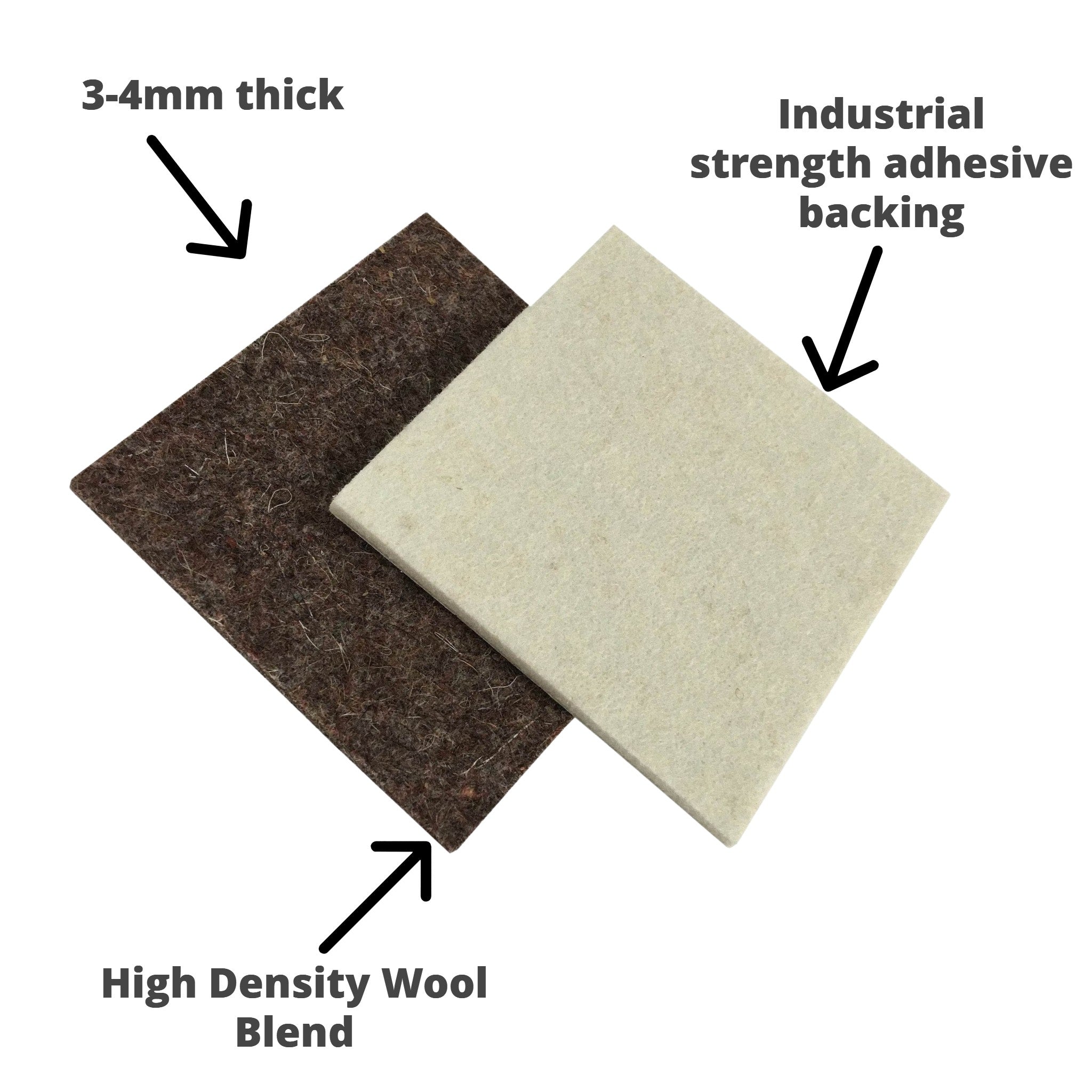
Leave a comment
This site is protected by hCaptcha and the hCaptcha Privacy Policy and Terms of Service apply.